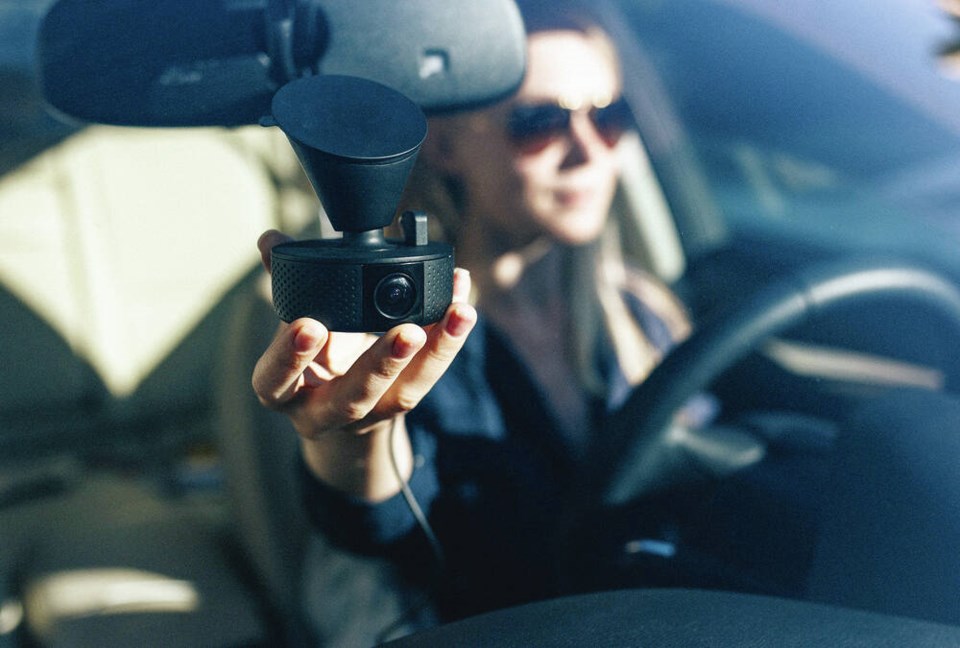England is a strange place to drive for me. Aside from their steering wheels being on the right and driving on the wrong side of the road, they zip along in many places with lanes so narrow they would scarcely qualify as roads to us. You haven’t lived until you try to squeeze past a full sized tour bus on a road in Penzance, that barely seems to be a cow path.
I’ve never been able to square why they have so many photo radar sites, speed lowering chicanes, offsets and humps everywhere, yet allow for such high speed limits. Despite that strange contradiction, one thing is immediately apparent in the U.K. — they have a much greater commitment to road safety than we do.
One aspect of their road safety efforts piqued my interest recently — their national dashcam safety portal.
One of these portals was launched four years ago by Nextbase, a technology firm specializing in “in car” devices and dashcams, and is now supported by several police agencies in the U.K. and Australia.
It allows for anyone, not just vehicle drivers, to submit footage from a dashcam, mobile phone or any other video recording device about a reckless driving incident into an online database.
People submitting videos are required to fill out some online forms and police agencies request that videos have a time and date stamp. That isn’t an ironclad requirement so long as the witness can provide an accurate account of where and when an incident occurred.
Other U.K. police agencies collect their own footage directly. But the process is basically the same for any submission. Once the footage is received, it is reviewed by police and decisions are made regarding possible prosecution. Since its inception, the Nextbase portal alone has received 63,000 submissions.
Some agencies post their efforts on YouTube as a public deterrent. The types of offences you can see there range from the sublime, like driving several hundred yards through a “bus only” lane to beat the queue, to the ridiculous, driving on the wrong side of a double solid white while passing a semi truck as both vehicles move over a railway crossing.
Dashcam witnesses caught one vehicle driving well over the speed limit on the wrong side of the road while passing two semis right through the centre of a town.
Officials also make it clear that if your dashcam catches your own bad driving behaviour, something that’s not uncommon in road incidents, that it will also be scrutinized to the same degree as the other driver you were trying to report.
From an efficiency standpoint it seems to be working. Early U.K. data shows that a mere 1% to 2% of people uploading bad driving incidents have been required to go to court.
These programs dovetail nicely, in my view, with the overall enforcement approach the U.K. has adopted to keep their roads safe.
For one, they don’t fool around with sanctions. In the case of the guy passing the semis right through the middle of town, the driver was banned from driving for two years, required to pay £119 for court costs and serve 200 hours of community service. I hope getting there three minutes faster was worth it for him.
For another, U.K. driving penalties allow for driver re-education as an alternative to being clapped with a fine or suspension. Re-education can happen when a violation is deemed to be more about a lack of concentration, where nothing serious happened and did not create high risk.
According to the Royal Automobile Club, a record 1.5 million offenders opted for re-education in 2021 — up 200,000 from the previous year. Most retraining efforts concerned speeding violations.
With the ongoing strain of police resourcing in B.C., this approach to road safety should be considered. Our current driving offence reporting system is still a manual “write it down” based system which requires police investigation to find who is the registered owner of a vehicle and possibly who was driving the vehicle at the time. At times, this is an arduous and time consuming process where very few complaints actually make it into court.
Starting a major dashcam program such as this here would be onerous, of course, both in terms of the tech requirements to store and collate data as well as navigating through B.C.’s privacy law regimes. But there’s a significant deterrence factor against poor drivers with thousands of dashcam witnesses on the road now. It won’t happen anytime soon, but the ability to use mostly irrefutable video evidence to make our roads safer is something we should be thinking about.




